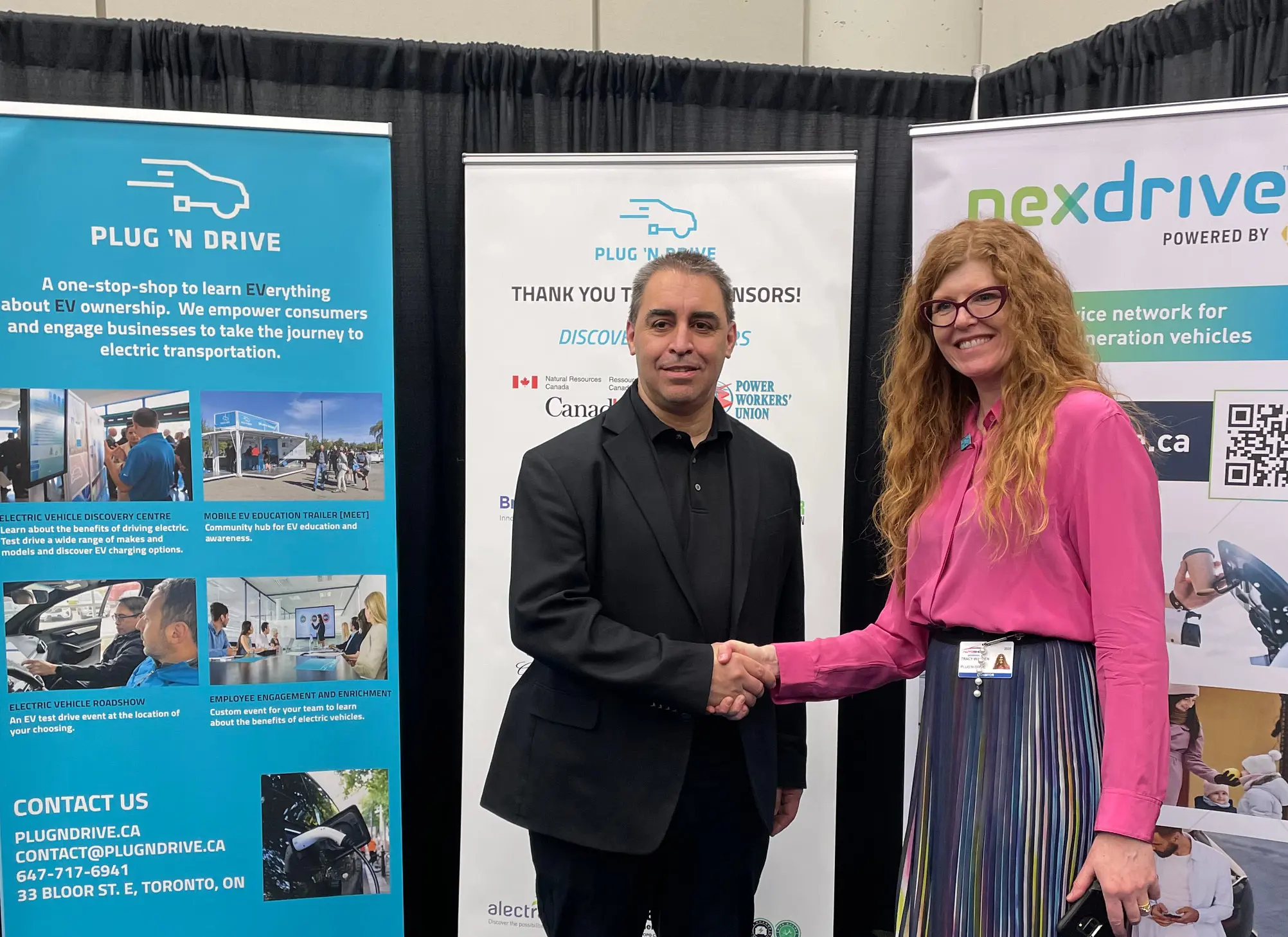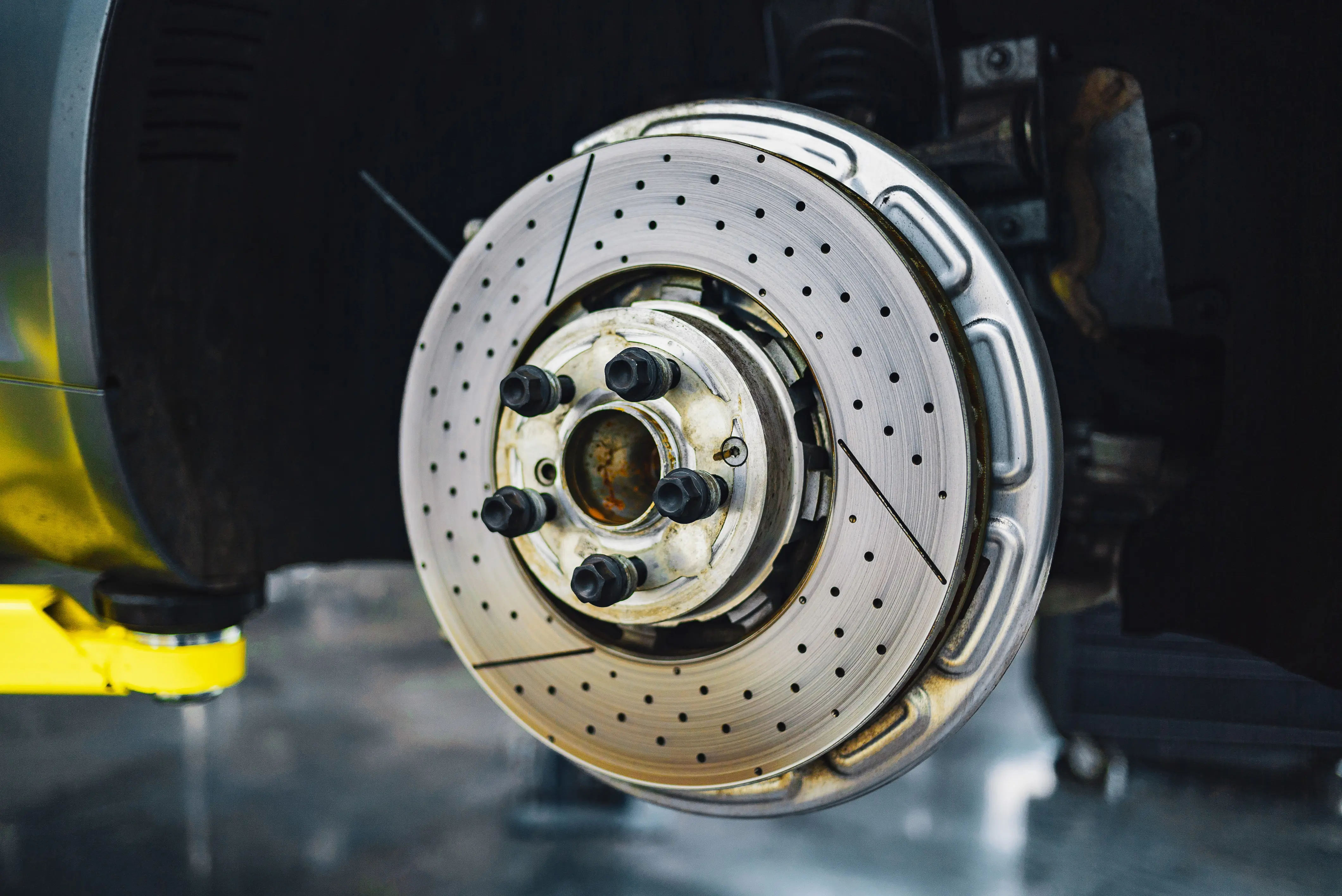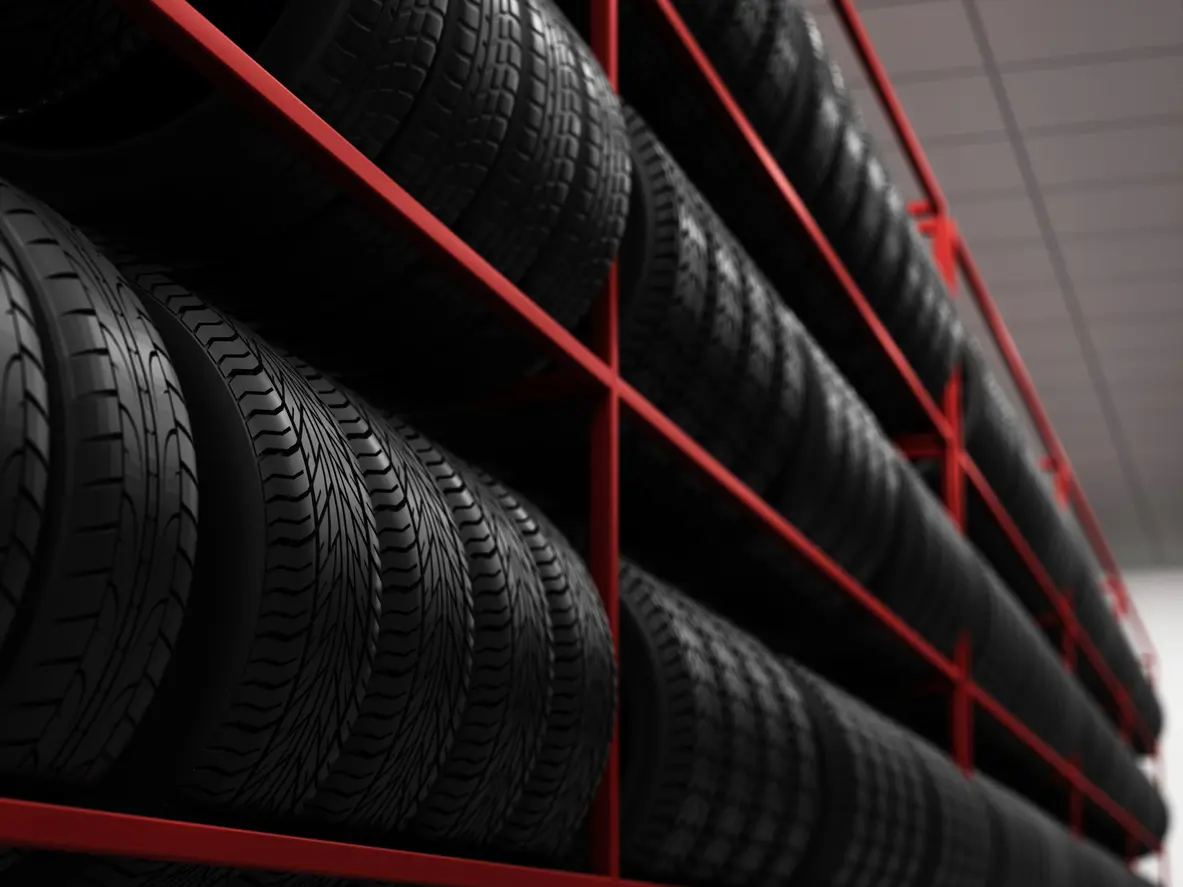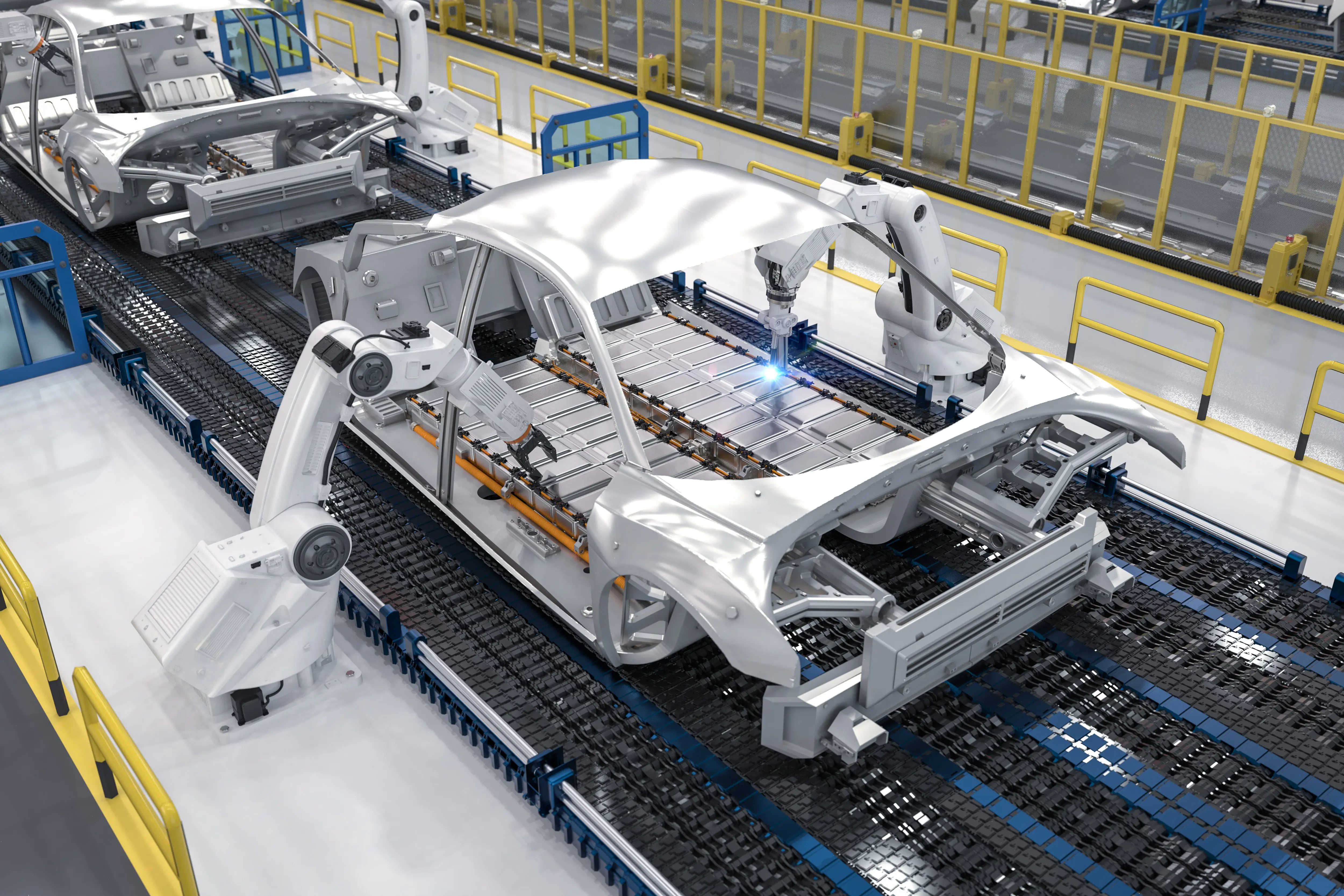Early EV battery technology
Early EV battery designs were little more than banks of lead-acid batteries, similar to what powers a golf cart. Because of their dependability, almost every vehicle on the road has a lead-acid battery for starting power. Apart from the main drive battery, many fully electric vehicles also have a 12-volt lead-acid battery as a power source. The downside is that lead-acid batteries are very heavy, which can strain the rest of the vehicle, bringing down the fuel economy and wearing out the tires.
Initially, fully electric vehicles used NiMH (nickel–metal hydride) batteries. These batteries can handle a lot of charge/discharge cycles before they degrade. They offer excellent power output but often lose charge when not in use and don’t do well in extreme temperatures. NiMH is still popular for hybrid vehicles, but pure electric vehicles have mostly moved on to newer battery technology.

Present-day batteries
Today, most EVs use a lithium-ion battery for the primary drive system. Lithium-ion batteries charge quickly, offer high-energy density, and are much lighter than lead-acid batteries.
Unfortunately, lithium-ion batteries don’t like extreme temperatures either. Extreme cold slows down charging time and extreme heat degrades the battery itself. To combat this, some EVs have a liquid temperature-controlled battery pack. This liquid can cool or warm the battery as needed, helping maintain the optimum temperature.
Another problem with lithium-ion batteries is what to do with them when they no longer hold a charge. Recycling is difficult, but not impossible. The battery materials can also catch fire when exposed to water, making disassembly tricky. Traditionally, recycled lead-acid batteries are shredded to separate their components, but lithium-ion batteries require a gentler touch to reclaim their ingredients. One potential recycling method uses a shredder submerged in a special liquid that prevents the chance of a fire.
The future of EV batteries
The two major contenders to power the next generation of electric vehicles are solid-state batteries and sodium-ion batteries.
Solid-state batteries
Solid-state batteries don’t use any liquid electrolyte. Theoretically, this battery would have excellent energy density, offering better driving range while taking up less space and weight in a vehicle. With a solid-state battery onboard, an EV’s range could hit 800+ kilometres on a single charge, with recharging from home taking as little as 10 minutes.
To capitalize on this potential, Hyundai filed a US patent in 2023 for a solid-state battery design that applies constant pressure to each battery cell. Volkswagen is also chasing a solid-state battery solution with several partners. Toyota has their own design in the works, with the goal of bringing solid-state EV batteries to their fleet by 2027.
Sodium-ion batteries
While not exactly the newest in EV battery technology, sodium-ion batteries may soon be on the rise. They’re cheaper to manufacture, but less energy dense than lithium-ion batteries. While currently not ideal for long-range cruising, they are perfect for city driving in small vehicles with easy access to charging infrastructure.
Chinese automaker BYD recently opened a sodium-ion battery plant in Xuzhou. Automaker Stellantis also recently invested in Tiamat, a French company working on building sodium-ion batteries. The process for integrating sodium-ion battery-powered vehicles into the automotive industry will likely depend on the local market where they are driven.
Maintaining your battery
Extending battery life is a common concern among EV drivers. Knowing how long your battery will last depends on the type and how it’s used. You can help your battery last longer by keeping it charged between 20% and 80%, by parking in the shade, and by avoiding fast charging.
Changing an EV or hybrid battery isn’t the same as switching out the battery of a gas-powered vehicle due to the high voltages involved. So this is a job that should be taken to a professional. A technician at a NexDrive service centre can help.
For any questions about EV batteries, visit a NexDrive service centre to speak with an expert.

NexDrive partners with Plug'n Drive

The Buck Stops Here: Mastering EV Brake Systems
Master the unique braking systems of electric vehicles with NexDrive. Our certified technicians specialize in EV brake maintenance, preventing issues like rust and wear with expert care and access to Canada’s largest parts inventory. Trust NexDrive to keep your EV’s brakes in top condition for safety and performance.

Maximizing EV Performance: The Critical Role of Specialized Tires in Electric Vehicles
Electric vehicles (EVs) have unique tire requirements due to their weight and instant torque.NexDrive Service Centres offer specialized expertise to ensure your EV is equipped with the right tires.
